Outdoor sensory paths for children are not only fun to explore (and make!), they also provide opportunities for children to build sensory connections in the brain, challenge their balance and spatial awareness skills and experience many different tactile sensations in the one area.
Engaging the senses doesn't always mean you need to go straight to messy play (even though you know I LOVE the benefits of messy play for children of all ages!) An outdoor sensory path is a playway way to add to a child's 'sensory diet' (I encourage you to learn more about outdoor sensory diets and activities for children here).
Sensory play paths can also be setup indoors of course but outdoor paths tend to stimulate more opportunties for large muscle (gross motor) movement and refocusing of energy ...and outdoors is always more fun!
You don't need to spend a fortune on fancy 'done for you' pathways - put your upcycling hat on and see what you have lying around already or ask other families if they have anything they could contribute to your project...you might be surprised at what you find!
Many educators tell me they don't have the space or permission to build permanent outdoor sensory play paths for children and they give up on the idea but you can still create a fantastic experience using temporary spaces and materials...set it up somewhere else next month and it will ignite interest all over again.
This post will give you the inspiration and motivation to put together your own sensory path no matter how big or small your outdoor space is - we've collected ideas for both permanent AND temporary path projects.
So let's take a look...start scrolling now for ideas...

Ideas For Permanent Outdoor Sensory Paths
If you're looking at making a permanent outdoor sensory play path this tutorial from Mrs Myer's Kindergarten has some great step by step tips. While this one is quite elaborate, you could easily make a smaller version.

Try this easy to follow step by step tutorial from Play at Home Teacher. You'll see every stage of how they built their pathway for sensory play.

Michele shared this picture of their impressive outdoor sensory play path at the Humpty Doo Community & Child Care Centre. While this is a big project it's considerable inspiration if you're setting up a large new area or updating an existing one.

If you have a smaller space why not take inspiration from this sensory path shared by Susan in our Facebook group. This takes up very little room but is an interactive way to add sensory experiences to your outdoor play area (as well as looking and smelling good!).
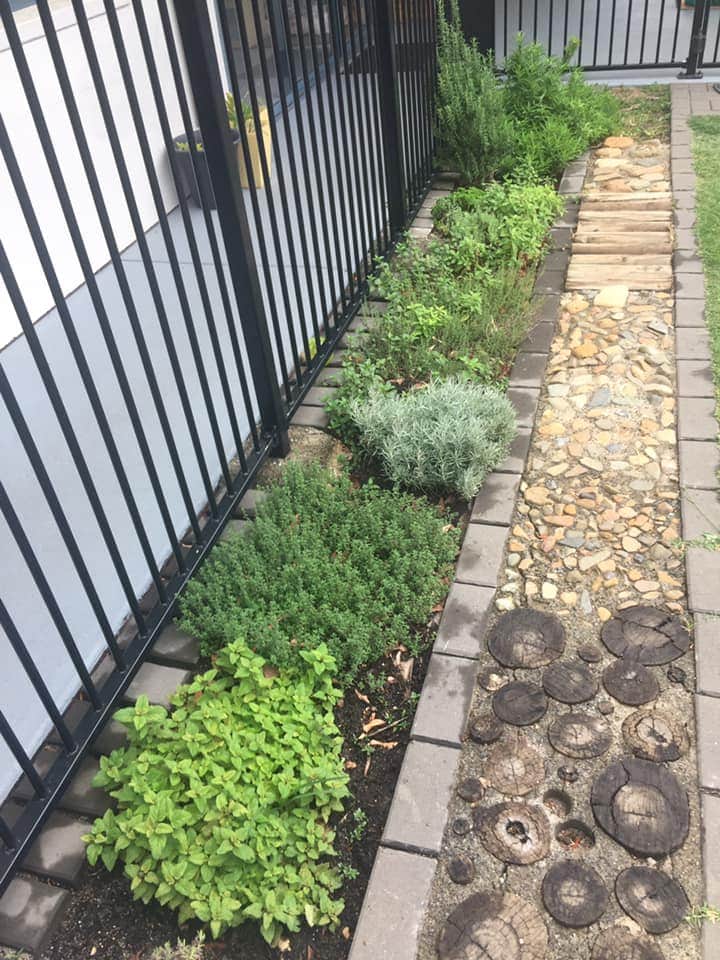
Another fun way to create a sensory path is to use reycled items. While you will want to consider the safety aspects of what you are including, this sensory path from Organized Clutter has so many textures and tactile elements to explore.
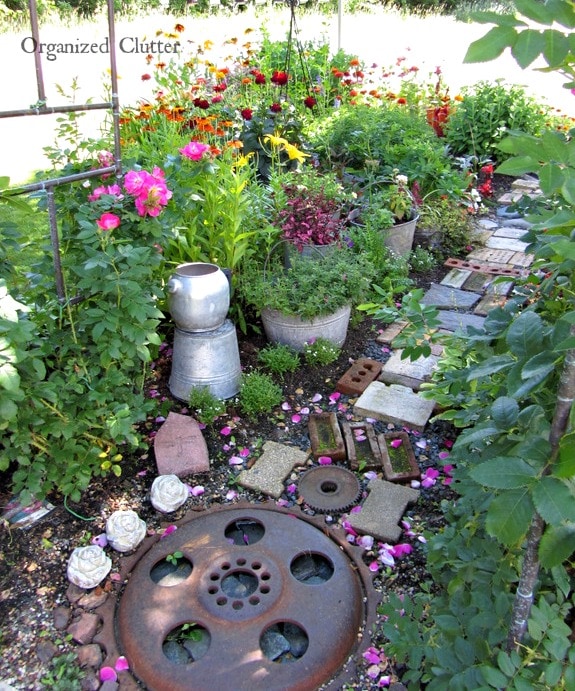

A sensory path is about more than just what the children are walking on - think about all the sensory experiences you can surround the path with. This path from Garden Therapy is part of a sensory garden experience.
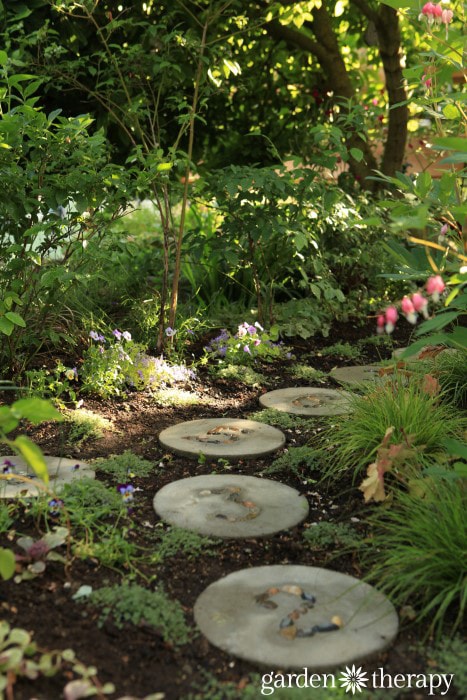
Looking to include a sustainability element to your sensory path? Why not try using upcycled materials collected by the children - like this one that is made from the plastic lids of drink bottles.

Ideas For Temporary Outdoor Sensory Paths
Not able to build a permanent pathway? No worries...try some of these ideas instead (I told you there would be no need for excuses didn't I?)
This interesting sensory play path from Strong Start was made using pizza boxes. A fun way to recycle and reuse some of the items in your junk/recycling boxes. Some of the items used in this one were milk jug lids, toilet rolls, cotton wool, wine corks and packing material.
Close the lids when packing up, store stacked on a shelf and bring them out again another day fo more sensory play.

This simple option from Raising Dragons uses containers filled with a variety of materials. This would be quick to set up and pack up.
Why not extend the sensory play by asking the children to go searching for items to put in the tubs and then talk about their finds together?
If you have a parent who works in an office ask them to save those boxes! Photocopy paper boxes make a great base for a temporary sensory play path. This one uses shredded paper, bubble wrap, rocks and real grass for some of their sensory experiences.
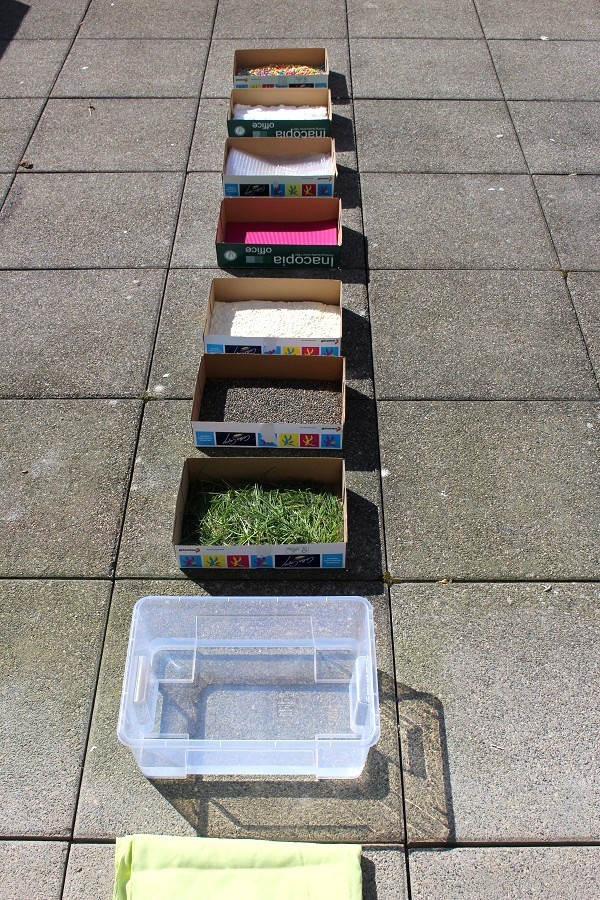
A temporary play path can still be sustainable - how tactile and inviting is this sensory path from Le Pays Des Merveilles - if you run a bush kindy or forest school, collecting the materials and building a path like this would be a fun collaborative group project while also providing opportunities for the children to learn more about the natural resources being collected.

Community Inspiration - Educator Outdoor Sensory Paths
Do you need some 'real life' inspiration? The images below were all shared by members of our creative Empowered Educator community.
Abigail set up an outdoor obstacle course which incorporated some elements to challenge and engage the senses. How could you add some sensory experiences to your obstacle course setup?
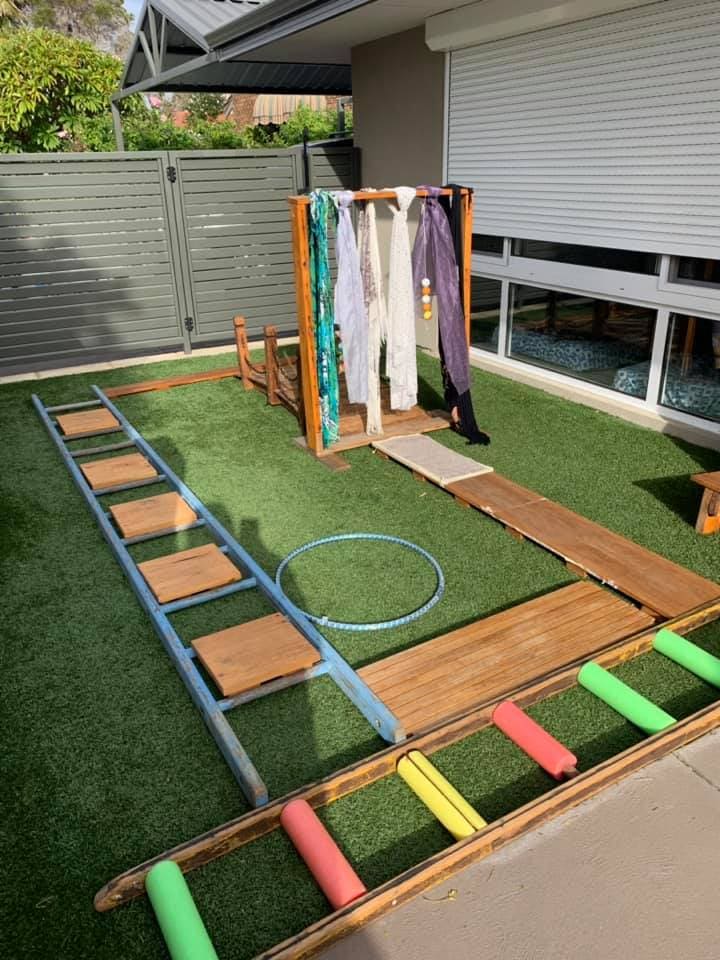
Mignon shared her DIY sensory path with us, what an interesting little area for children to switch on the senses, imagine and role play.

This sensory path was shared in our Facebook group by Madonna. I am also loving the hoop with hanging material strips and what looks to be a little fairy garden underneath to explore. The chook seems pretty impressed too! (chook = chicken just to clarify for my overseas readers as I always get asked whenever I add chook to a sentance 

Debbie shared this experience with us that clearly demonstrates a sensory path can be a quick and easy activity idea to set up with minimal resources and cost involved.
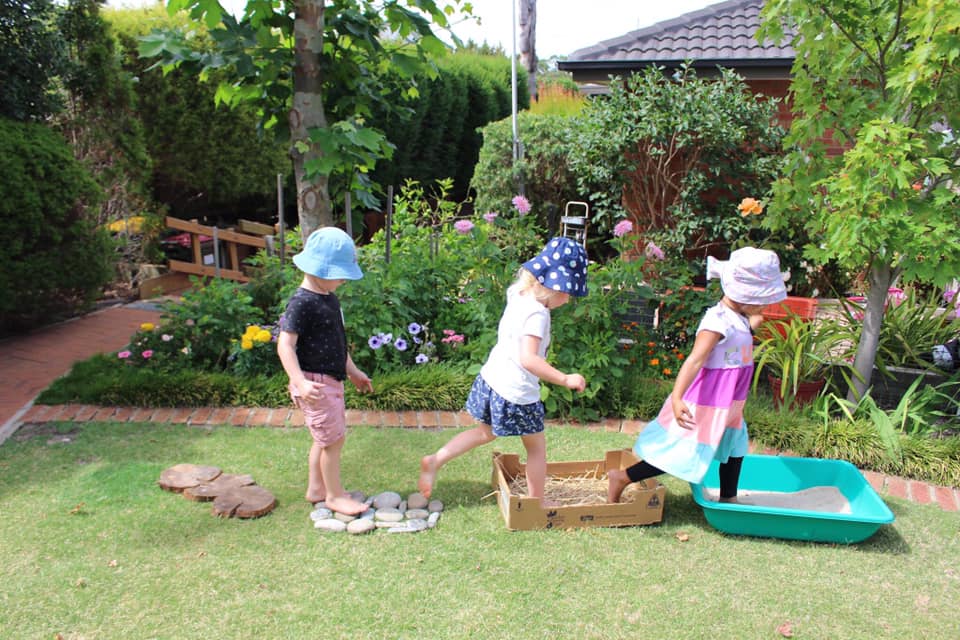
I really love the effort Emma has gone to in making her sensory path. Get out your wooden blocks that have been sitting in the coner catching dust and give this a go instead.
Extend the play by providing a pile of additional open ended materials like wood, pipes, tubing etc and encourage children to build their own paths if you have the space available.

What was your favourite outdoor sensory path project? Take action and jot down a few ideas you'd like to try so you don't forget. You can do this!
Would you like to join the Empowered Educator Facebook Community and get access to even more ideas and inspiration shared by other early childhood educators just like you? Join over 20,000 educators from around the world HERE.

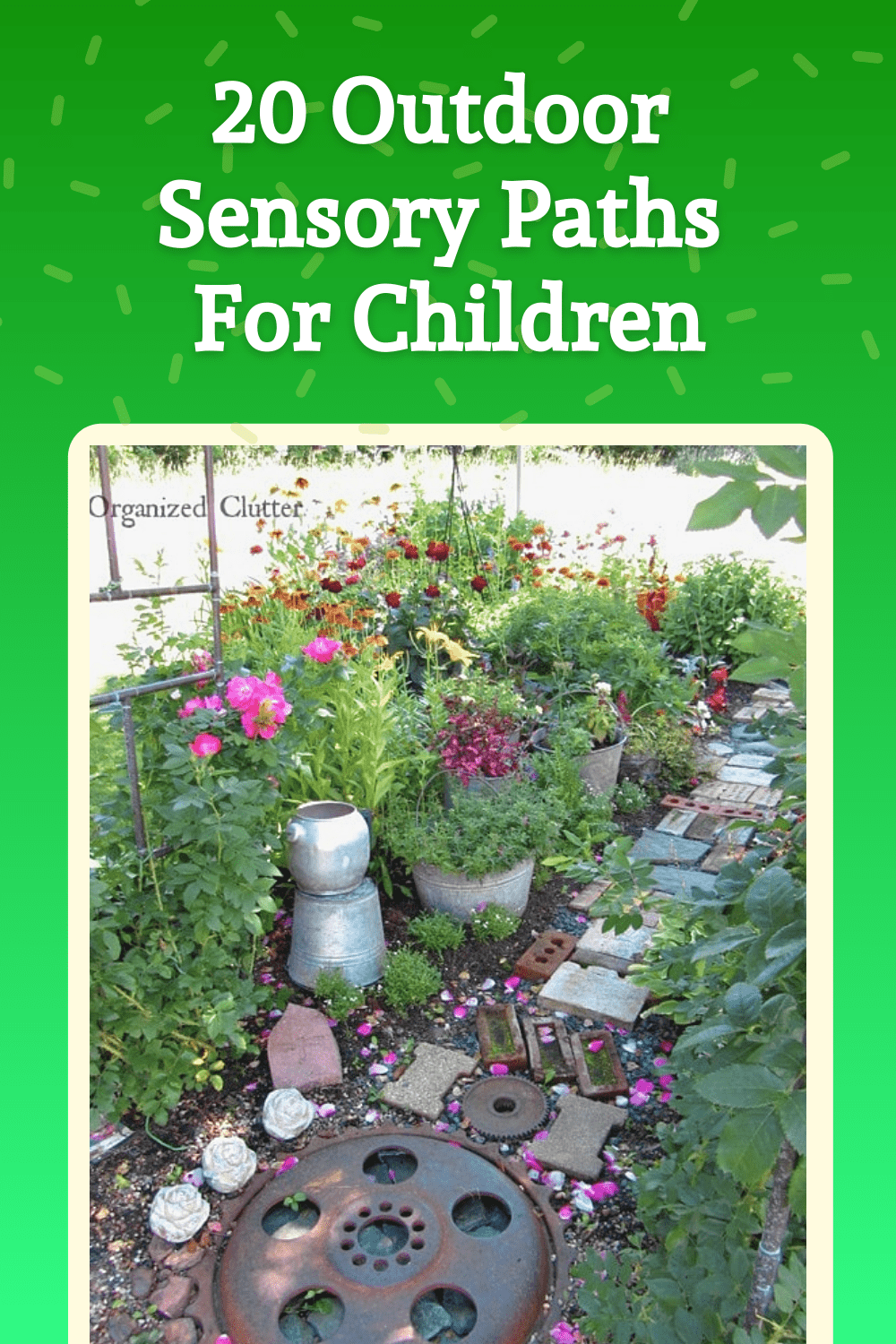
A Little About Me

Jodie Clarke is an early childhood professional supporting educators who want and need to stay passionate about the work they do! She has 30 years hands-on experience in the early childhood and human services sectors across many different roles.
Jodie is mum to 3 in Australia and has already helped thousands of educators with their work through her popular blog posts, activity ideas, online training and e-books.

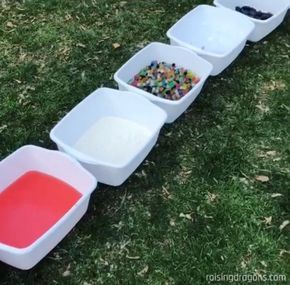

Leave a Reply